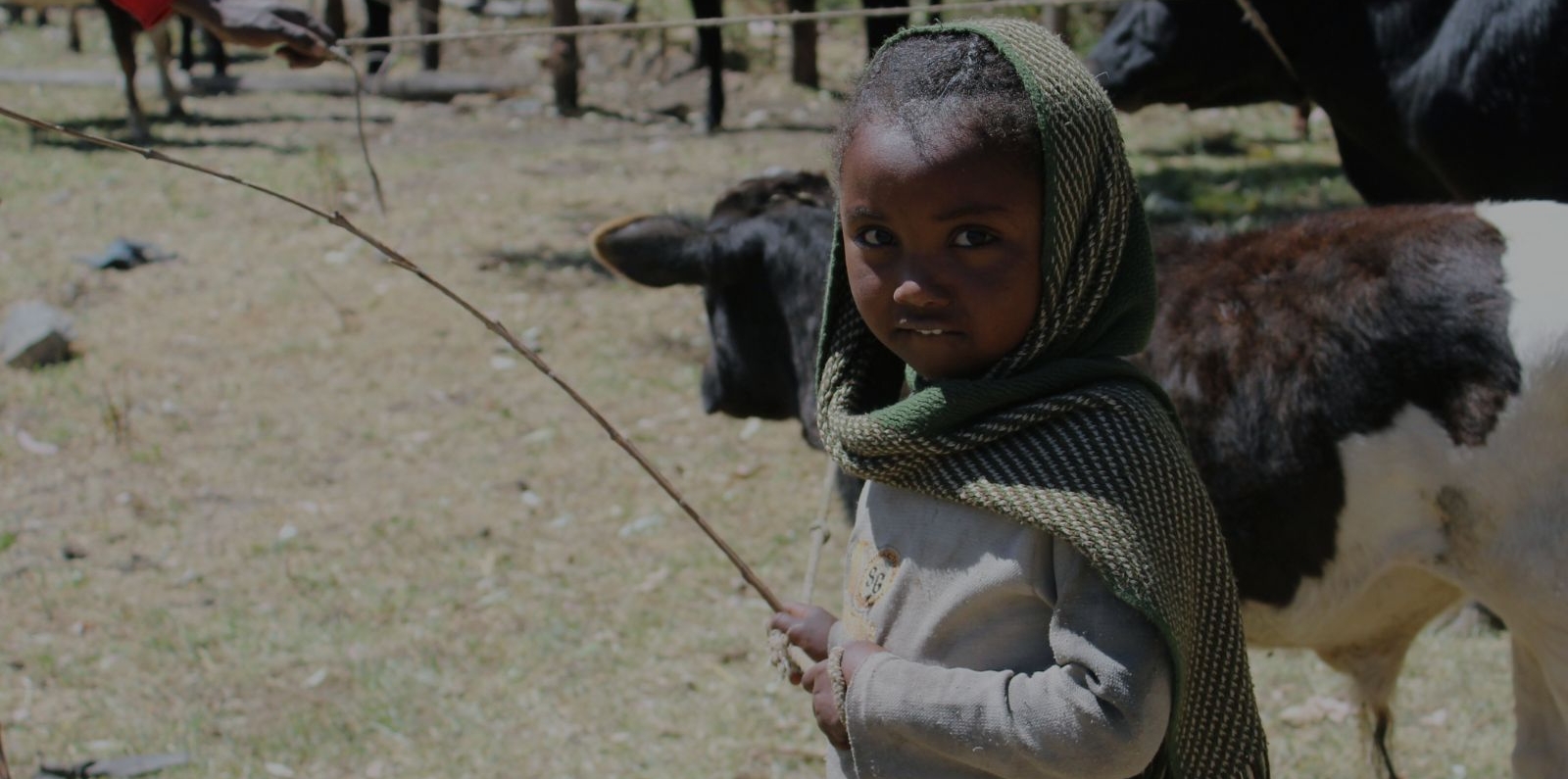About the Project
Smallholder agriculture is the most important sector of Ethiopia’s economy. More than 80% of the population lives in rural areas, and their main source of income is agriculture. The agricultural sector accounts for about 45% of GDP, almost 90% of exports, and 85% of employment. Despite recent positive developments in smallholder agriculture, yields remain low, and many geographical areas have the unexploited potential for productivity growth. The exposure to climatic risks like extreme weather events is high, especially in light of the low capacity to store water and irrigate.
AGP-I invested $51.5 million to boost incomes of rural people and increase food security by developing the untapped potential of high-potential areas. The project aimed to increase agricultural productivity and market access for key crop and livestock products in targeted woredas (districts), with a focus on women and young people’s participation. The project addressed drawbacks in agricultural production and productivity and focused on scaling up investments and technologies with a proven track record in the country. The project supported agricultural production and commercialization by strengthening key public advisory services; establishing and strengthening farmers’ organizations; scaling up investments, technologies, and other best practices in agricultural production; developing markets and agribusiness; and developing and managing small-scale infrastructure.
Country
- Ethiopia
Project Status
ClosedFunding
PublicSupervising entity
- FAO
- World Bank
Call Year
2010GAFSP Funding Amount
51.50Project Highlights

farmers benefited from the project, 19 percent were women

increase in farmers’ yield productivity

increase in farmers’ revenues from sales of farm products
Results
AGP-I benefitted close to 700,000 farmers, 19 percent of whom were women, reaching the intended target. The World Bank rated the project’s outcome “moderately satisfactory” upon completion, noting that all of the project’s development objectives largely were met. FAO rated AGP-I’s TA as “highly satisfactory, noting this aspect reached its intended outputs and exceeded most of its targets.
- Farmers’ productivity (yield) increased by about 10 percent by the end of the project, short of the 16 percent target, which is partially explained by the 2016 drought period, which was the worst in 50 years and occurred during endline data collection. Female farmers experienced a higher percentage increase in yields (13 percent) compared to male farmers, although their overall revenue base is lower. Some crops such as potatoes and sorghum increased their yields significantly, 82 and 33 percent respectively, while farmers of other crops experienced a decline in productivity (e.g., milk at −23 percent, horse beans at −27 percent, teff at −9 percent), mainly due to the drought.
- Activities that supported productivity enhancement included investments in new small- and micro-scale irrigation and drainage schemes (26,528 hectares), rehabilitation of such schemes (10,190 hectares), and dissemination of good farming practices and inputs, such as the optimal use of inorganic fertilizers and new high-yield variety seeds, proper land preparation, greater frequency and better timing of weeding, row planting, appropriate planting time (537,335 farmers adopted some improved technologies), and artificial insemination for cows through hormone-induced heat synchronization to increase cross-bred male and female progeny with high milk yields (26,391 improved calves born). Farmers’ revenues from sales of farm products increased by about 25 percent by the end of the project, with even higher gains for women (32 percent).
- Activities that supported increased market access included investments in infrastructure, including the construction of 90 primary market centers, 8 terminal markets, 175 small bridges, and 623 kilometers of feeder roads, allowing farmers to sell their products more directly to consumers as opposed to intermediaries and decreasing the average distance for project-targeted households to the nearest market center by 38 percent (from 27 kilometers to 17 kilometers).
- To reach vulnerable groups, including landless men and women, the project supported the formation of common interest groups (11,469 groups formed, of which 35 percent were women’s groups) where members organized and adopted good practices in agricultural activities, like beekeeping and growing coffee seedlings. Most of the groups formed under the project were registered, enabling them to benefit from AGP-II (described next) and other programs.
AGP-II is carrying forward AGP-I’s accomplishments, expanding tested activities into new areas and consolidating activities in existing areas, while modifying the project approach to incorporate lessons learned from AGP-I.
Some of those lessons learned are the positive role that the private sector played in SSI schemes, bringing professionalism and enabling the project to exceed its targets; carrying out capacity-building activities using a more consistent, uniform approach; improving the facilitation and assessment quality of ad hoc training programs; and farmer groups and cooperatives needing to be established to enable aggregation in a smallholder agricultural setting, but accompanied by training to improve their entrepreneurial capacity and to enhance their potential to help farmers and other value chain actors participate in markets.
Contact
GAFSP Coordination Unit
gafsp-info@gafspfund.org
Documents
- World Bank Project Appraisal Document (2010)
- World Bank Project Paper (2011)
- World Bank Implementation Completion Report (2017)
- IEG Implementation Completion Report Review
